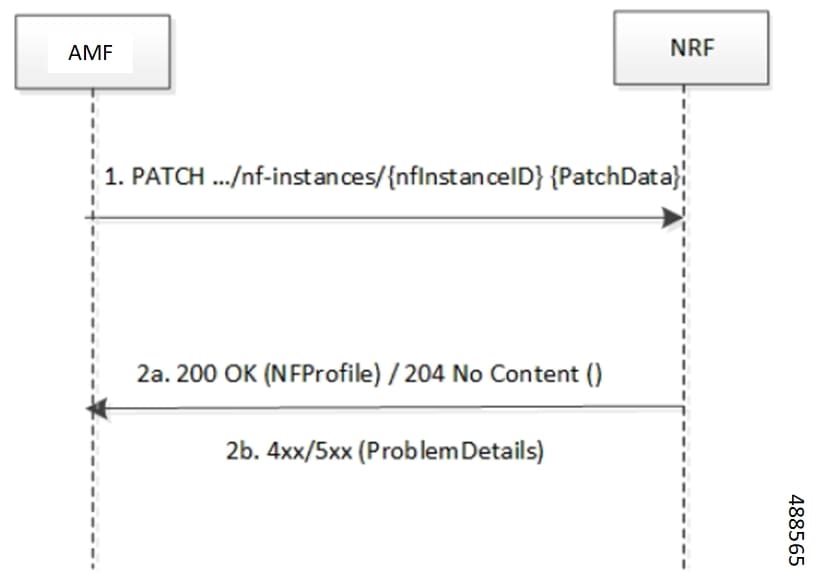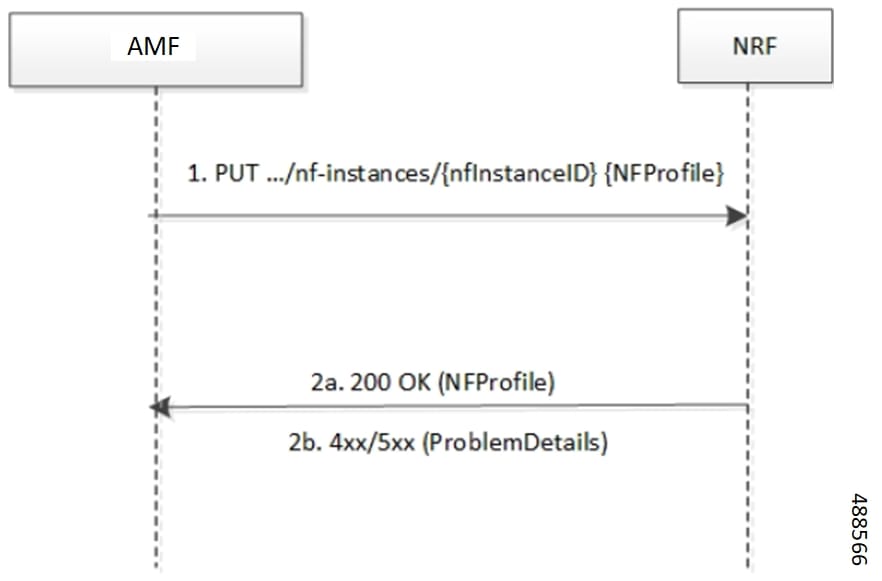| On startup |
| 1 |
The AMF rest-ep registers for topology manager events to identify the state of other rest-ep instances and keeps a track of these
instances in an instance state database.
|
| 2 |
The AMF rest-ep registers for the termination handler with the application infrastructure for receiving notification when the application
infrastructure stops functioning. As part of the termination handler, the AMF rest-ep monitors the instance state database for any other working rest-ep.
|
| 3 |
The AMF rest-ep starts the topology event.
|
| 4 |
The AMF rest-ep saves the status of other rest-ep replicas in the instance state database.
|
| When the N11 and SBI endpoints are offline |
| 5 |
The AMF rest-ep sends the Handle NF deregister message to the NRF-Lib.
|
| 6 |
When all the SBI and N11 VIP IP endpoints are offline, the AMF rest-ep sends the deregistration request to the NRF.
|
| 7 |
The NRF sends the NF deregister response to the NRF-Lib. |
| 8 |
The NRF-Lib resets all the management information that is configured in the cache pod. |
| When no SBI endpoint exists |
| 9 |
The AMF rest-ep starts the topology event to stop the other rest-ep.
|
| 10 |
The AMF rest-ep starts the termination handler callback.
|
| 11 |
The AMF rest-ep checks the instance status database for any other working rest-ep.
|
| When no rest-ep is functional |
| 12 |
The AMF rest-ep sends the Handle NF deregister message to the NRF-Lib.
|
| 13 |
The AMF rest-ep sends the deregistration request to the NRF.
|
| 14 |
The NRF sends the NF deregistration response to the NRF-Lib. |
| 15 |
The NRF-Lib resets all the management information that is configured in the cache pod. |











 Feedback
Feedback